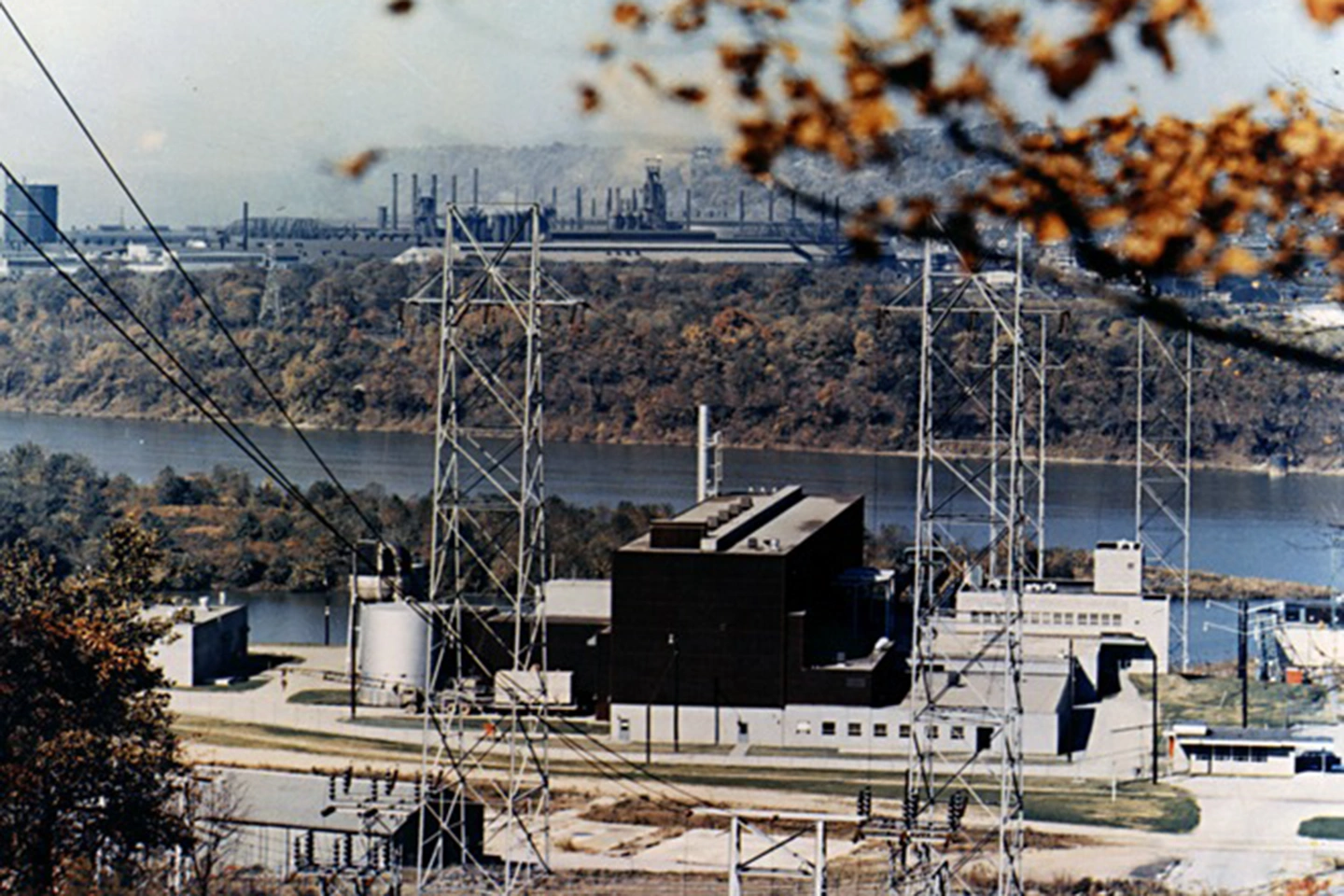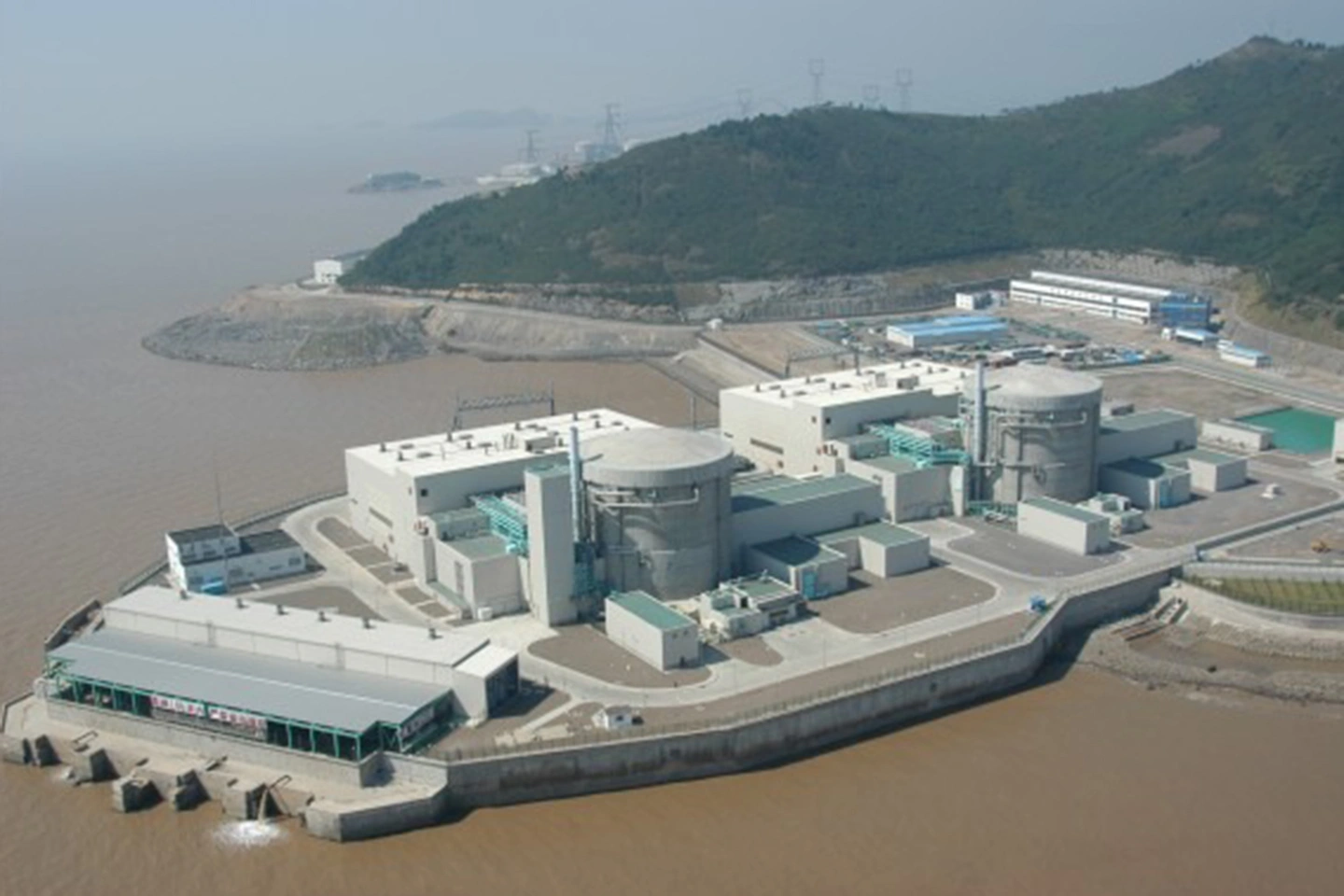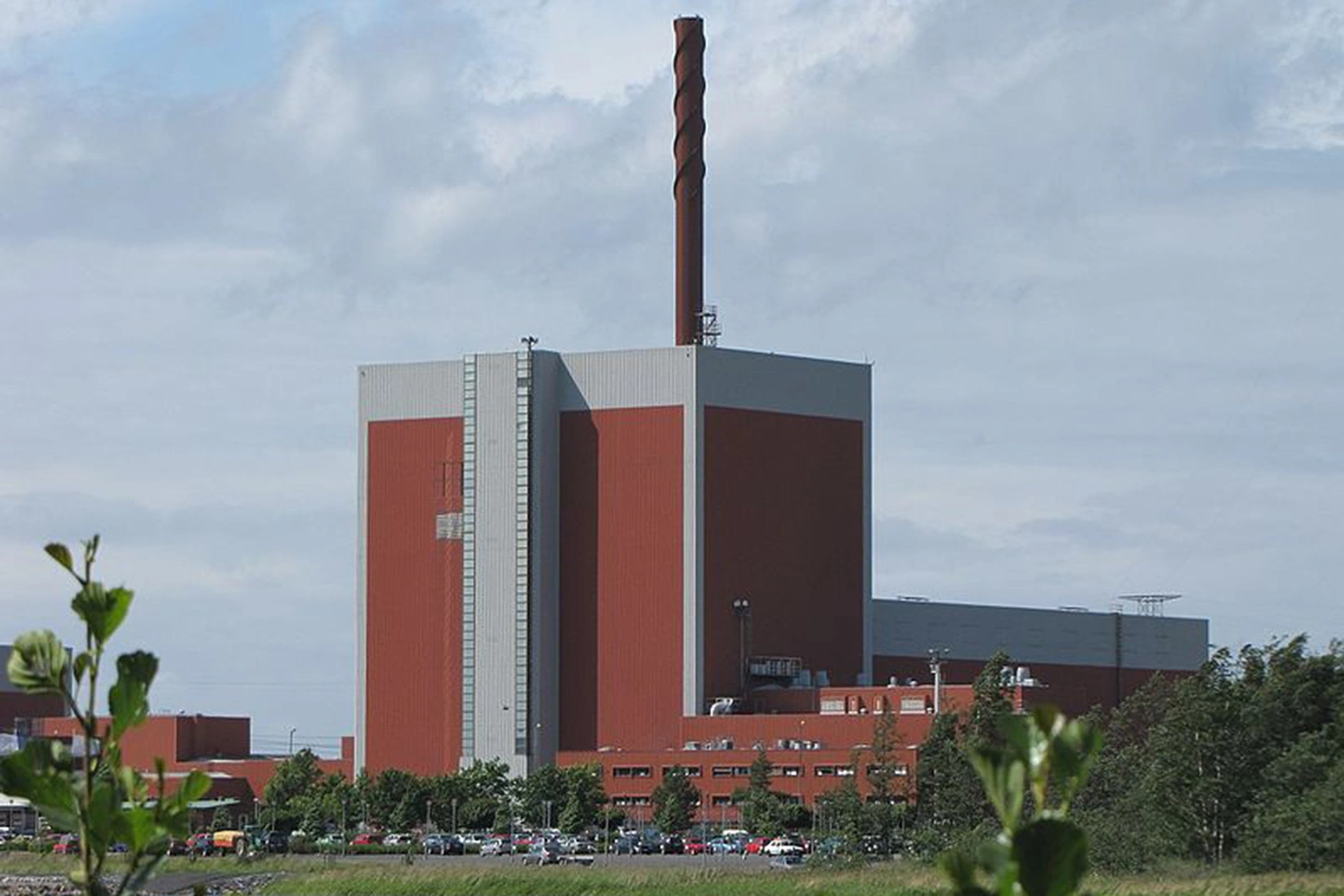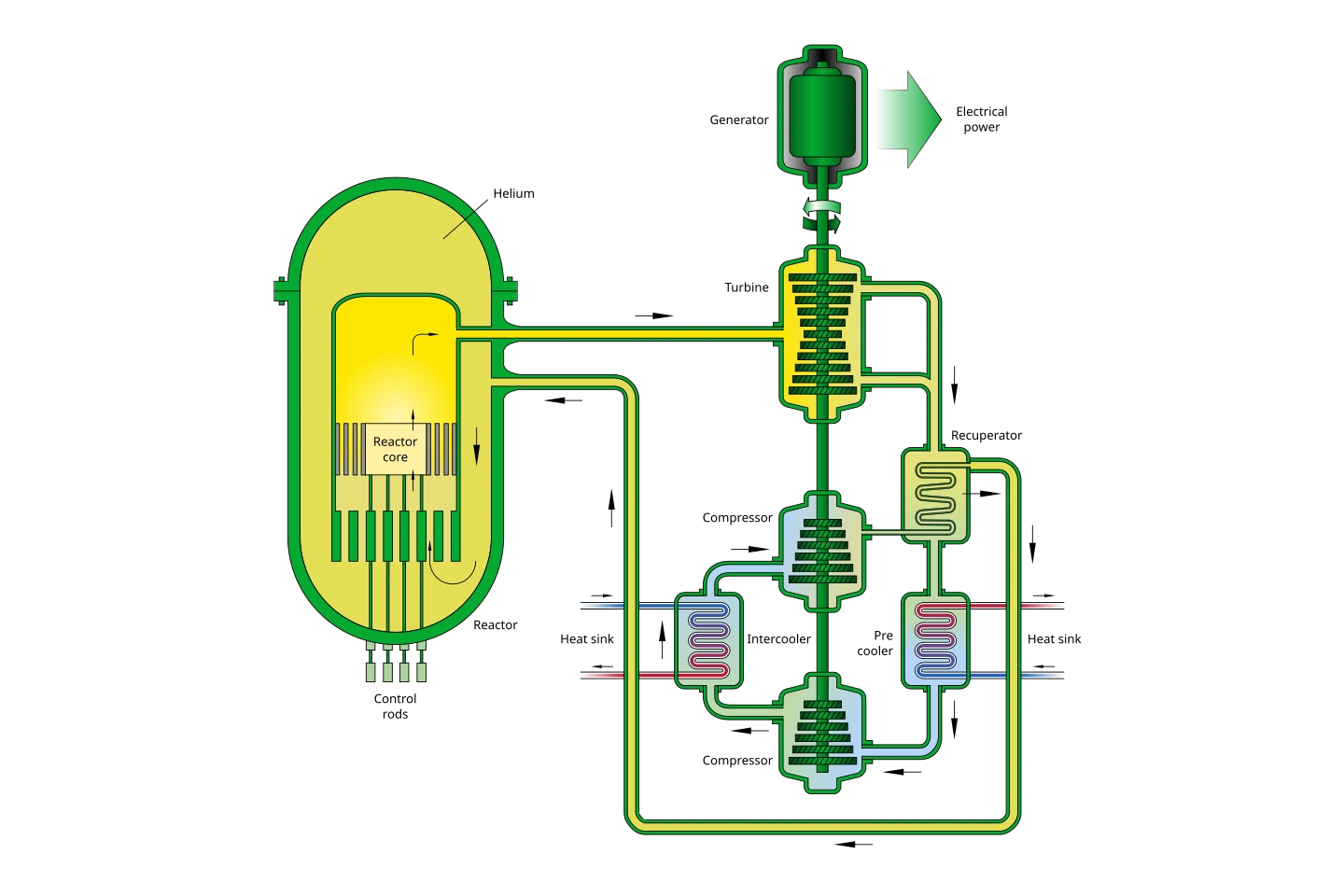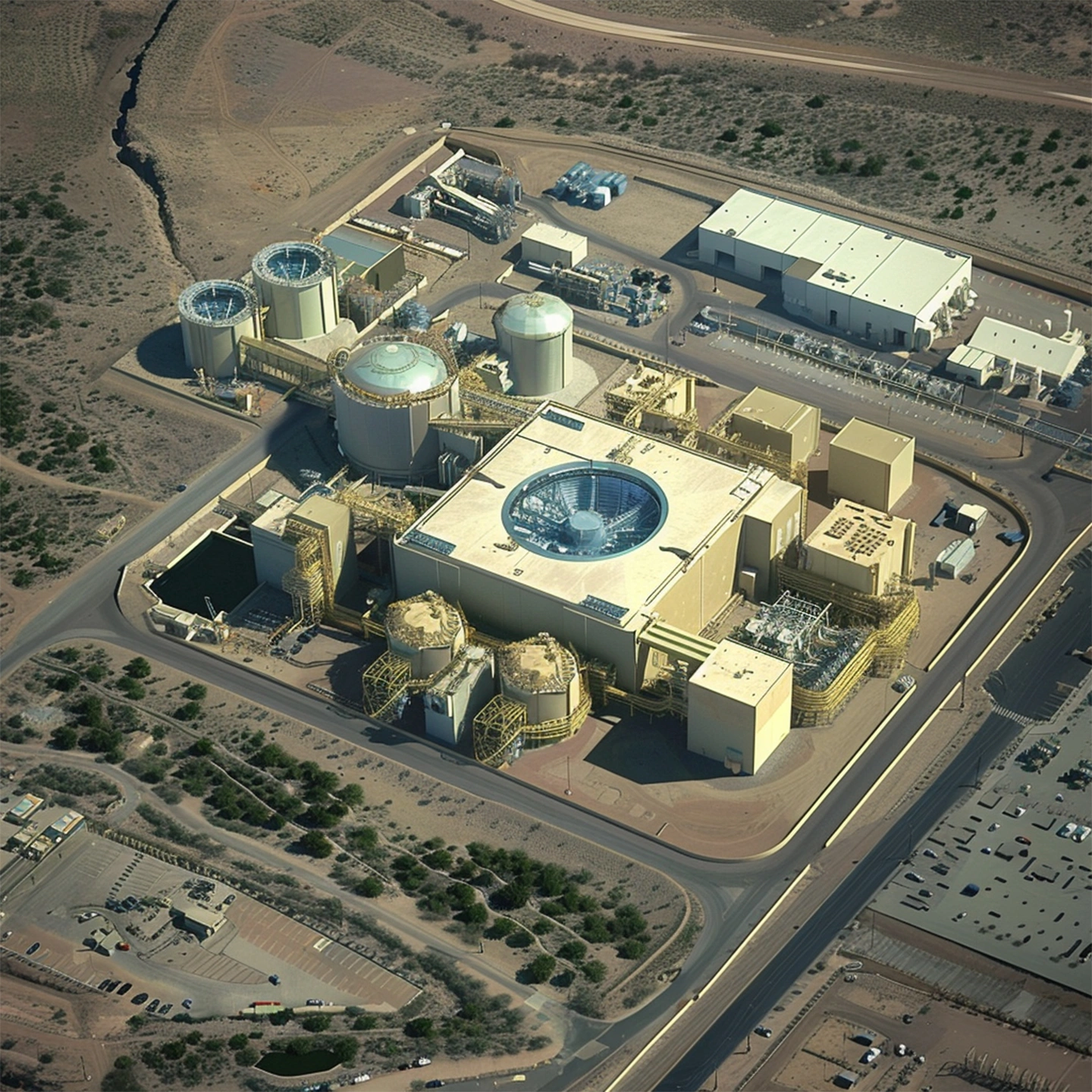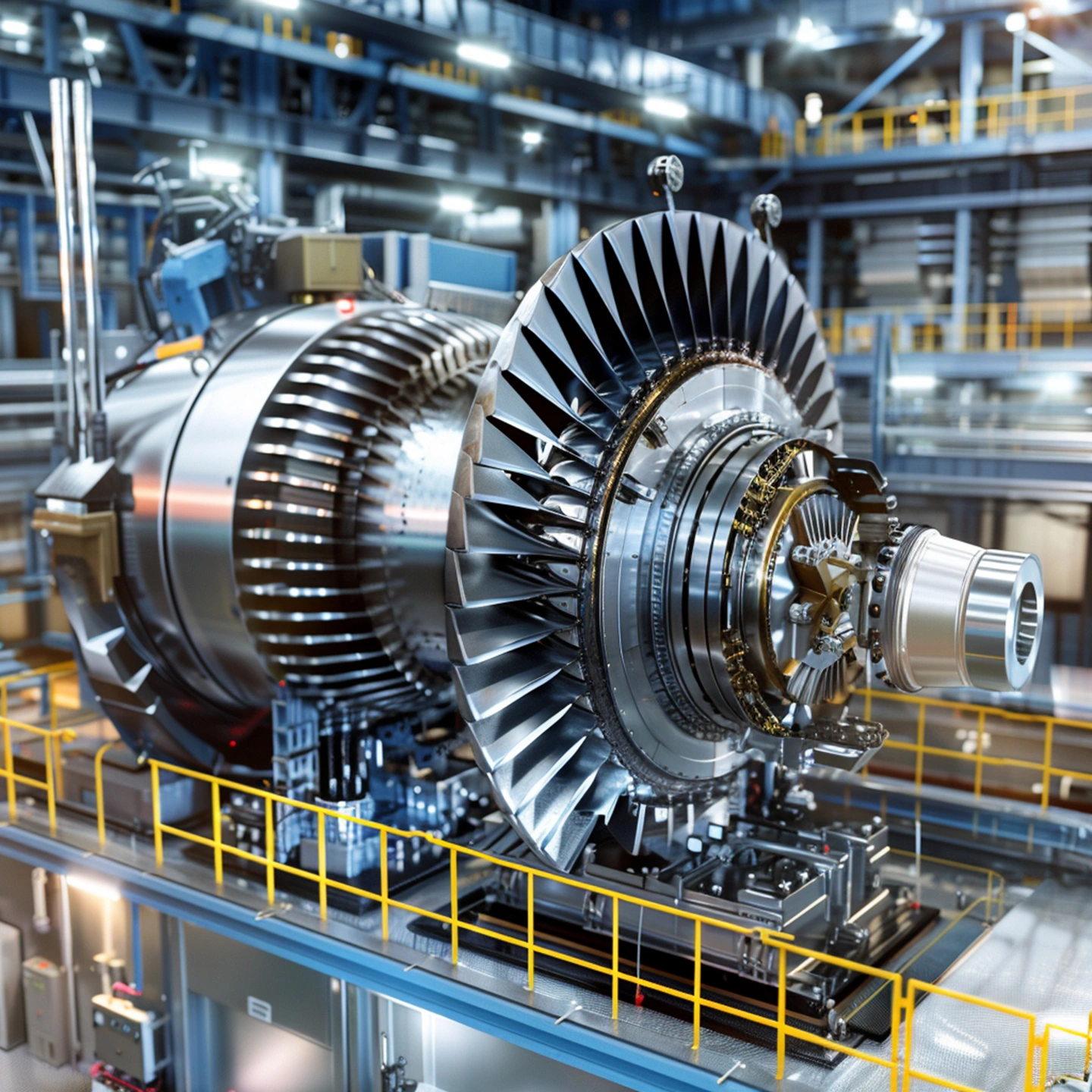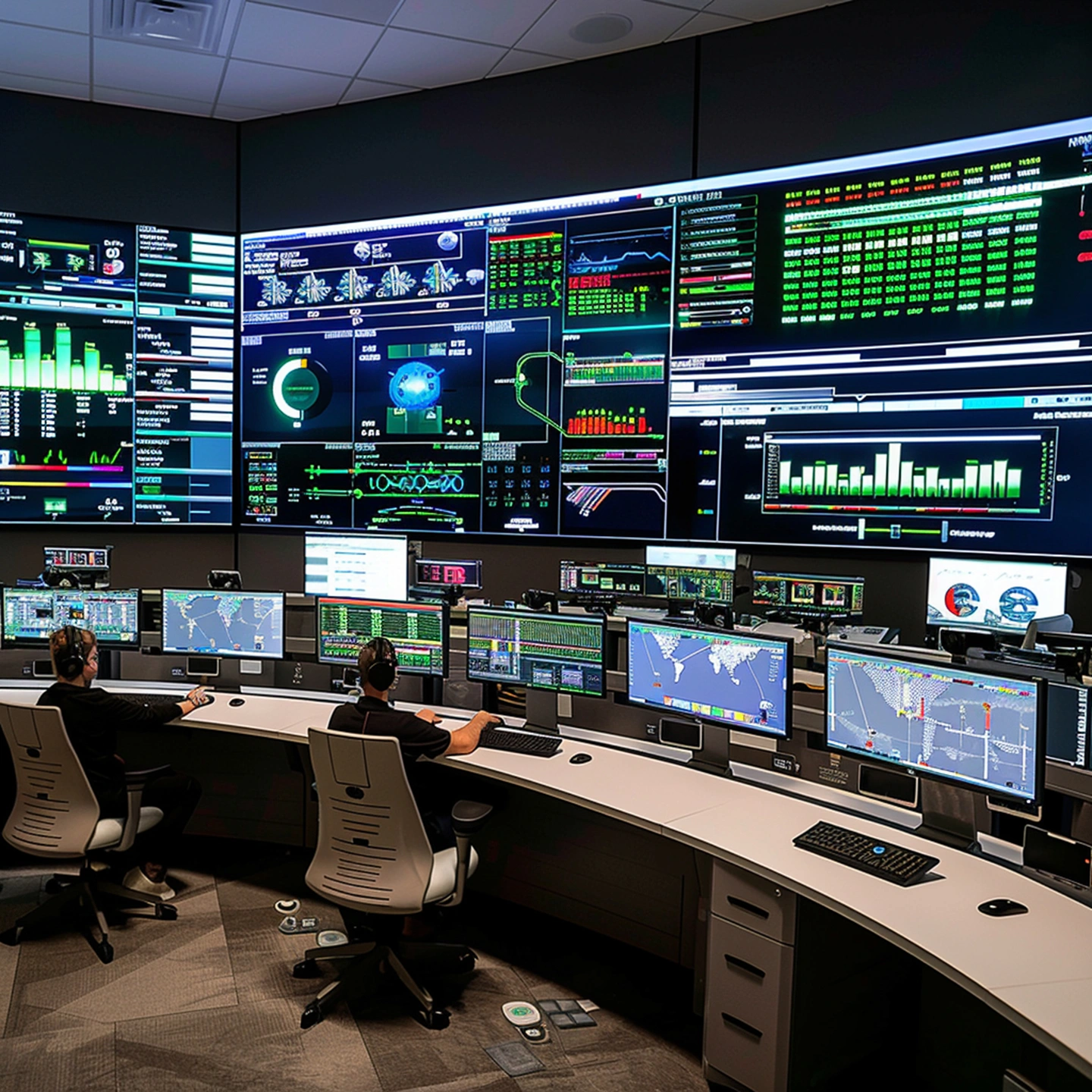Explore the safety, efficiency, and innovation behind Small Modular Reactors (SMRs) and learn how they represent the future of clean energy.
Built on Decades of Expertise
SMRs benefit from over 70 years of global nuclear power generation experience, refining safety and performance standards.
Next-Level Safety
SMRs include inherent safety features, often called “walk-away safe”, designed to protect people and the environment with minimal human intervention.
Efficiency & Standardization
SMRs use standardization components, ensuring consistent manufacturing, reducing costs, and simplifying installation and maintenance.
Timeline of Technological Advancements.
Early Prototypes
Generation I
Innovations of the Same Era
Solar Battery
Credit Card
Satellite
Pacemaker
Basic Reactors
Generation II
Innovations of the Same Era
DNA Sequencing
Graphical UI
Internet
Microprocessors
Advanced Safety
Generation III
Innovations of the Same Era
SMS Messaging
GPS
Cryptocurrencies
Social Media
Cloud Computing
Explore the Technologies Shaping the Future
The reactor core is the central component of an SMR where nuclear fission takes place, releasing energy.
Nuclear fuel, such as enriched uranium, undergoes controlled reactions to generate heat. This heat is transferred to a coolant – often water or gas – which carries it to other systems for power generation.
SMR reactor cores are designed for enhanced safety and efficiency. Unlike traditional reactors, SMRs often use smaller cores with passive cooling systems that do not rely on external power or active intervention. This means that even in rare emergency scenarios, the reactor can safely shut down on its own.
Many SMRs are designed to be “sealed” units, meaning the core is contained within a protective vessel that minimizes risks and simplifies maintenance over time.
Turbine technology has evolved significantly through advancements in nuclear energy, leading to more efficient and high-performance systems.
Innovations in heat-resistant materials, precision engineering, and cooling techniques have enhanced turbine durability and efficiency, enabling them to operate under extreme conditions.
These improvements have not only benefited nuclear power plants but also influenced industries such as aerospace, renewable energy, and advanced manufacturing.
As nuclear technology continues to evolve, turbines are becoming more reliable, sustainable, and adaptable to various energy applications. Breakthroughs in energy conversion and thermal management are driving higher efficiency and lower environmental impact.
The ongoing refinement of turbine technology, inspired by nuclear advancements, plays a crucial role in meeting the growing global demand for cleaner and more efficient energy solutions.
Control systems have played a crucial role in the development on nuclear technology, evolving alongside advancements in the field.
Initially focused on manual control, these systems have become more automated, utilizing technologies such as Distributed Control Systems (DCS, real-time monitoring, and AI to improve reactor performance and safety. These systems ensure the efficient operation of nuclear plants while minimizing human error and maintaining safety standards.
As nuclear technology progresses, future control systems will incorporate innovations like quantum computing for data processing, decentralized systems for more resilient energy networks, and enhanced security measures to protect critical infrastructure.
These advancements are essential for the continued development of nuclear energy, including next-generation fusion and advanced fission reactors.
